Pineapples are exotic tropical fruits that many people associate with warm climates, lush gardens, and sunny outdoor spaces. But did you know you can successfully grow a pineapple plant indoors? With the right conditions and a bit of patience, this unique plant can become both a decorative centerpiece and, eventually, a source of delicious fruit. Growing pineapple indoors is not only rewarding but also adds a tropical flair to your home décor.
In this detailed guide, we’ll explore everything you need to know about successfully growing a pineapple plant indoors—from choosing the right plant, preparing the growing medium, providing proper care, and troubleshooting common issues.
Why Grow Pineapple Plants Indoors?
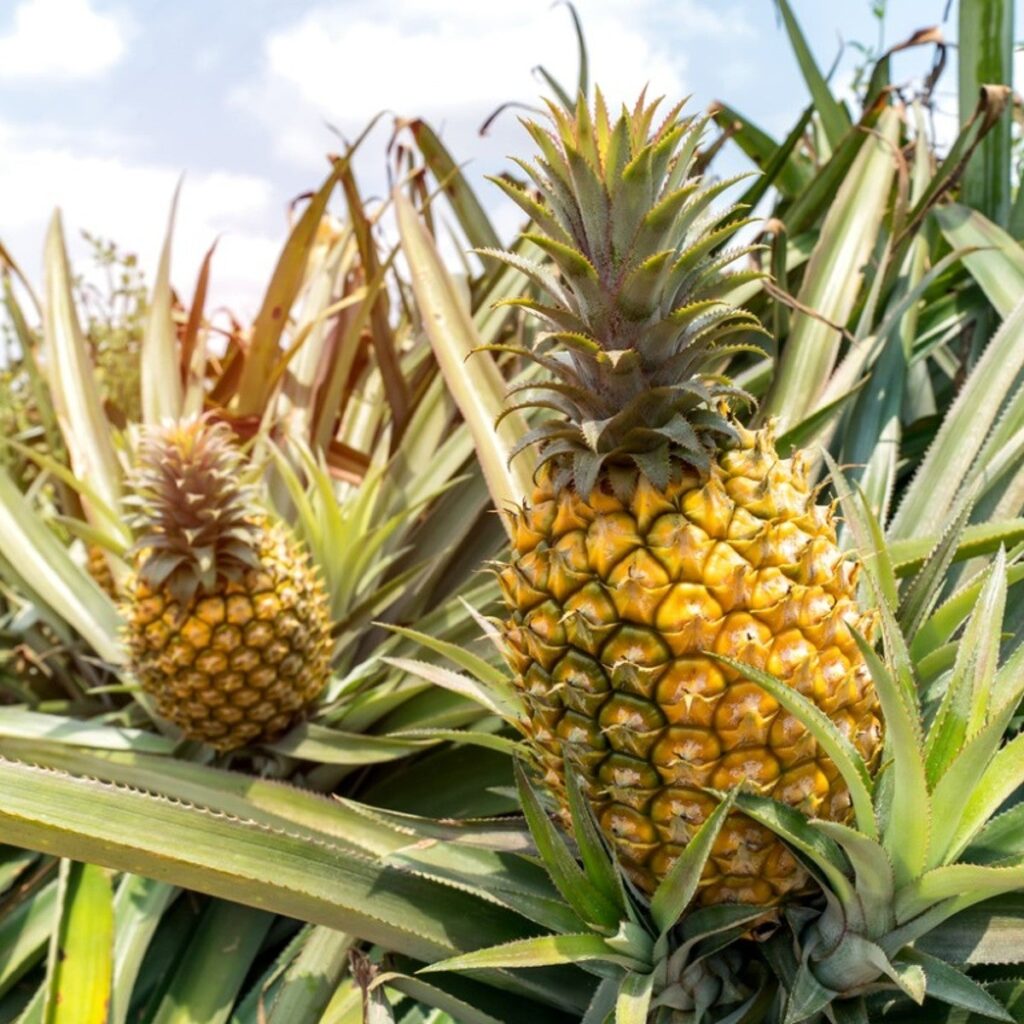
Indoor pineapple plants are surprisingly resilient and adaptable. Here are a few reasons why they make an excellent addition to your indoor garden:
- Exotic Appeal: Their spiky leaves and unique structure make them a standout houseplant.
- Edible Rewards: With patience, you can harvest your own homegrown pineapple.
- Air Purifying: Like many indoor plants, pineapple plants help improve air quality.
- Low Maintenance: Once established, pineapples don’t need daily attention and can thrive in containers.
Getting Started: What You’ll Need
Before planting your pineapple indoors, gather the essentials:
- Pineapple Crown or Starter Plant
- The easiest way to start is by using the crown (top) of a store-bought pineapple.
- Alternatively, you can purchase a nursery-grown pineapple starter plant for faster results.
- Container
- Choose a pot at least 8–10 inches deep with good drainage holes.
- Pineapples don’t like soggy soil, so drainage is key.
- Soil Mix
- A well-draining mix works best, such as cactus or succulent soil.
- You can also create your own mix using 2 parts potting soil, 1 part sand, and 1 part perlite.
- Light Source
- Pineapple plants need at least 6–8 hours of bright, direct sunlight daily.
- If you lack natural light, use a grow light to supplement.
- Watering Can and Fertilizer
- Use a can with a narrow spout for controlled watering.
- A balanced, slow-release fertilizer will boost growth.
Step-by-Step Guide to Planting Pineapple Indoors
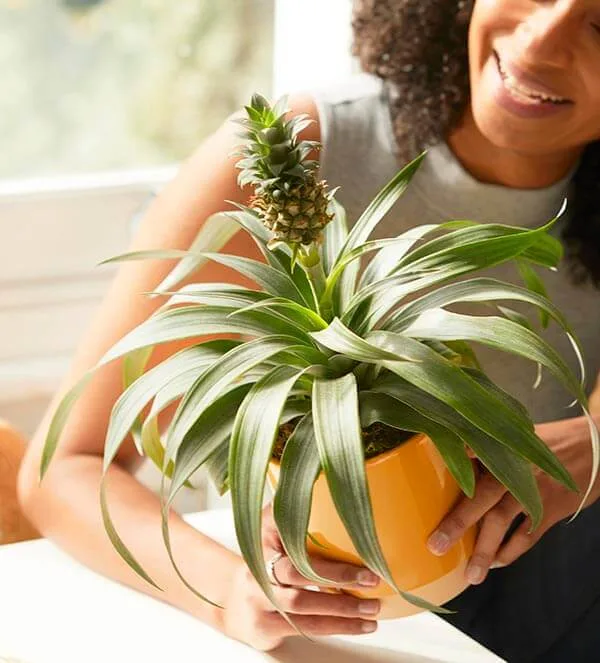
Step 1: Preparing the Crown
If you’re starting with a fresh pineapple:
- Twist or cut off the leafy crown from the fruit.
- Remove any excess fruit flesh to prevent rotting.
- Peel off a few lower leaves to expose about an inch of stem.
- Let the crown dry for 2–3 days to allow the cut end to heal.
Step 2: Rooting the Crown
- Place the prepared crown in a glass of water, ensuring only the stem is submerged (not the leaves).
- Change the water every 2–3 days to keep it fresh.
- Roots will begin to appear in about 2–3 weeks.
Alternatively, you can plant the crown directly into soil once it has dried, though rooting in water helps you monitor progress.
Step 3: Planting in Soil
- Fill your container with the well-draining soil mix.
- Plant the rooted crown about 1–2 inches deep into the soil.
- Firmly press the soil around the base for stability.
- Water lightly until the soil is just moist, not soggy.
Step 4: Finding the Right Spot
- Place the pot in a sunny window where it can receive maximum light.
- South- or west-facing windows are ideal.
- If relying on grow lights, keep them on for 12–14 hours daily.
Pineapple Plant Care Indoors
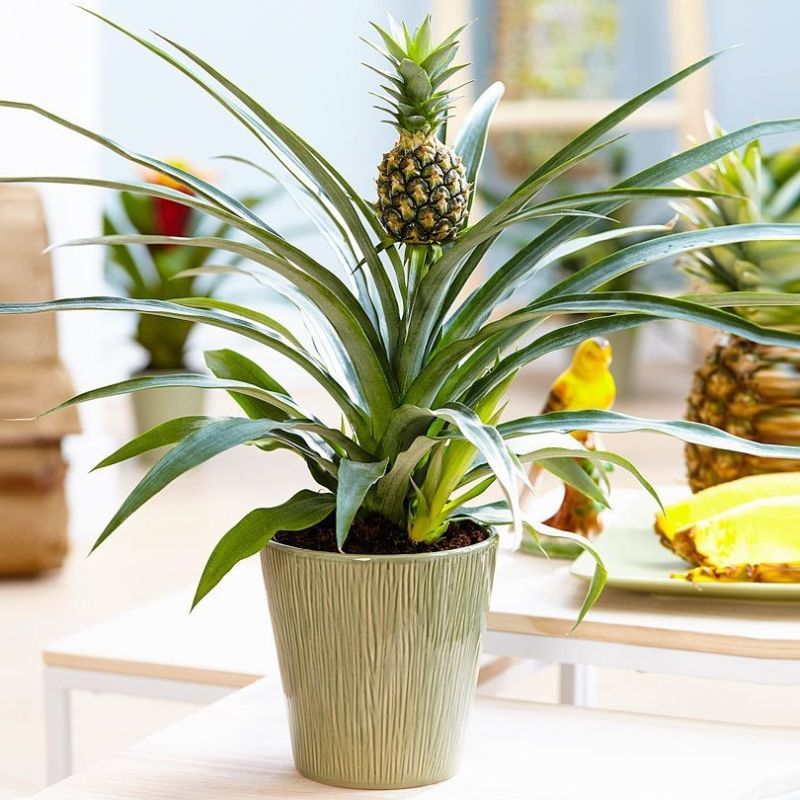
1. Watering
Pineapples prefer moderate watering.
- Water when the top 1–2 inches of soil feel dry.
- Avoid overwatering—soggy soil can cause root rot.
- Pour a small amount of water directly into the central rosette of leaves, mimicking how it collects rain in nature.
2. Light
- Provide bright, direct sunlight for best results.
- If indoors lighting is insufficient, a full-spectrum grow light ensures steady growth.
3. Temperature and Humidity
- Pineapples thrive in warm conditions (65–85°F / 18–29°C).
- Protect from cold drafts and temperatures below 55°F (13°C).
- Moderate humidity (40–60%) works well, though misting occasionally can help in dry environments.
4. Fertilizing
- Feed with a balanced liquid fertilizer every 4–6 weeks during the growing season.
- Alternatively, use a slow-release fertilizer every 2–3 months.
- Reduce feeding during winter when growth slows.
5. Pruning and Maintenance
- Remove any dead or yellowing leaves to maintain a tidy appearance.
- Check for pests like mealybugs or scale insects, though pineapples are generally pest-resistant.
How Long Until Pineapples Bear Fruit Indoors?
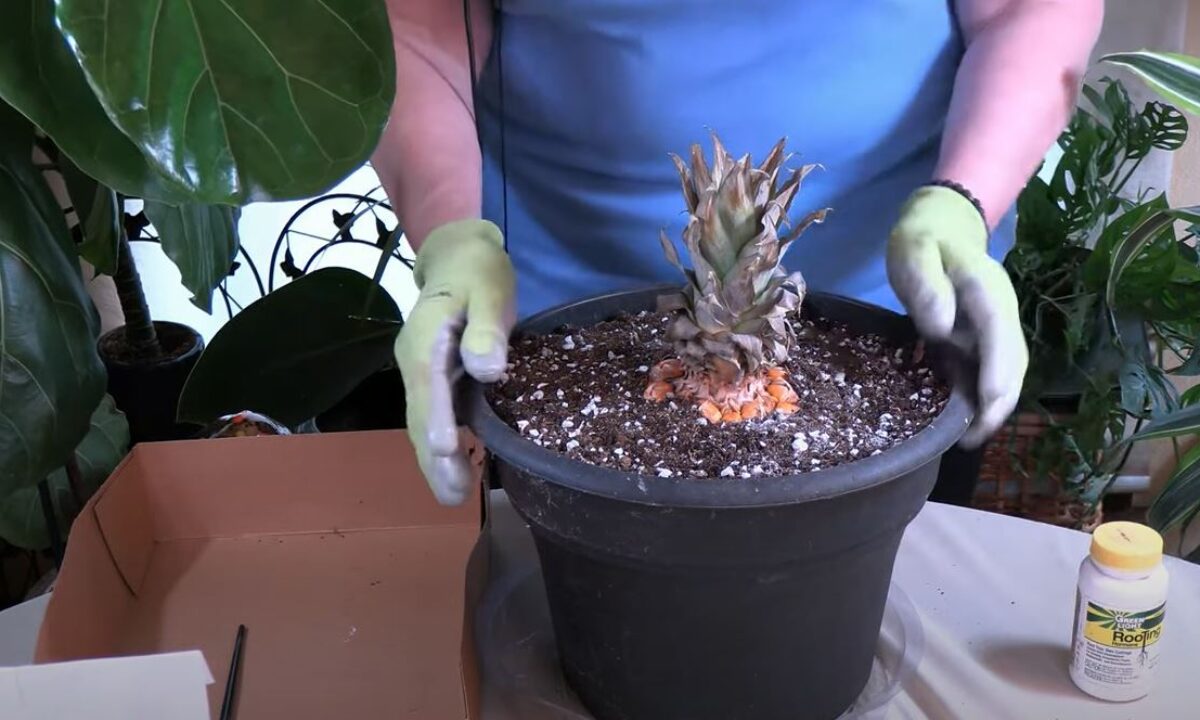
One of the most common questions about indoor pineapple plants is: How long before I get fruit?
- With proper care, a pineapple plant typically takes 2–3 years to produce fruit indoors.
- The plant usually blooms after 18–24 months, producing a small purple or red flower.
- The flower develops into the pineapple fruit, which matures over 5–7 months.
Tip: To encourage flowering, some gardeners use the ethylene method by placing an apple inside a plastic bag with the pineapple plant for a few days. Apples release ethylene gas, which stimulates blooming.
Common Problems and Solutions
- Yellowing Leaves
- Cause: Overwatering or poor drainage.
- Solution: Reduce watering and ensure the pot drains well.
- Slow Growth
- Cause: Lack of light or nutrients.
- Solution: Move the plant to a sunnier location or use grow lights and fertilize regularly.
- No Flowering After 2–3 Years
- Cause: Stress or insufficient care.
- Solution: Use the ethylene gas method to trigger flowering.
- Pests (rare indoors)
- Mealybugs or mites may occasionally appear.
- Wipe leaves with a damp cloth or use a mild insecticidal soap.
Benefits of Growing Pineapple Indoors
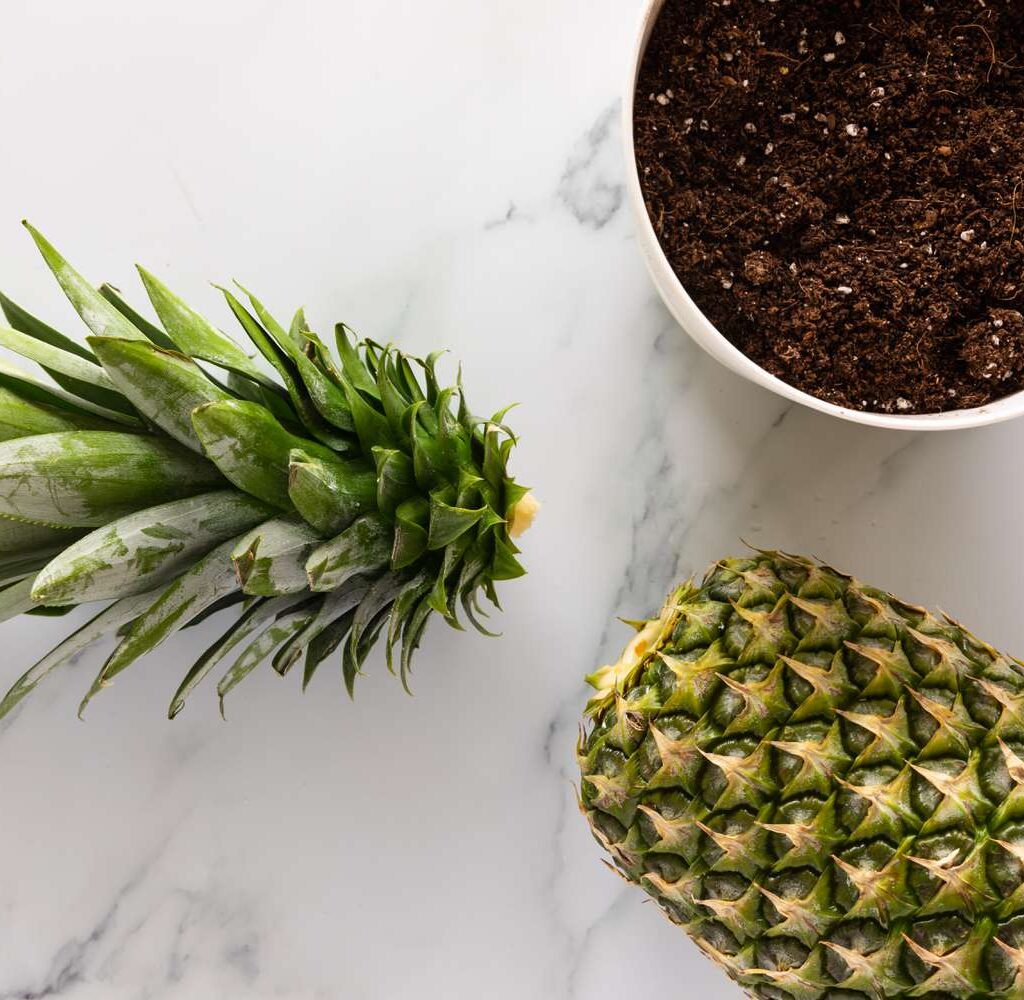
- Decorative Appeal: Pineapples add an exotic, tropical touch to your home.
- Educational Experience: It’s a fun project for families or classrooms to observe plant growth.
- Fresh Fruit: The satisfaction of harvesting your own pineapple is unmatched.
- Low Maintenance: Once established, pineapples are hardy and require minimal attention.
Final Thoughts
Growing pineapple plants indoors may take time, but the process is deeply rewarding. With the right setup—ample light, well-draining soil, careful watering, and patience—you can enjoy a thriving tropical plant right in your home. And when it finally produces fruit, you’ll have the satisfaction of knowing you grew it yourself.
So, if you’re looking to bring a touch of the tropics indoors and enjoy the challenge of nurturing a unique plant, the pineapple is the perfect choice. Start today, and in a few years, you might be slicing into a juicy, homegrown pineapple grown right in your living room!
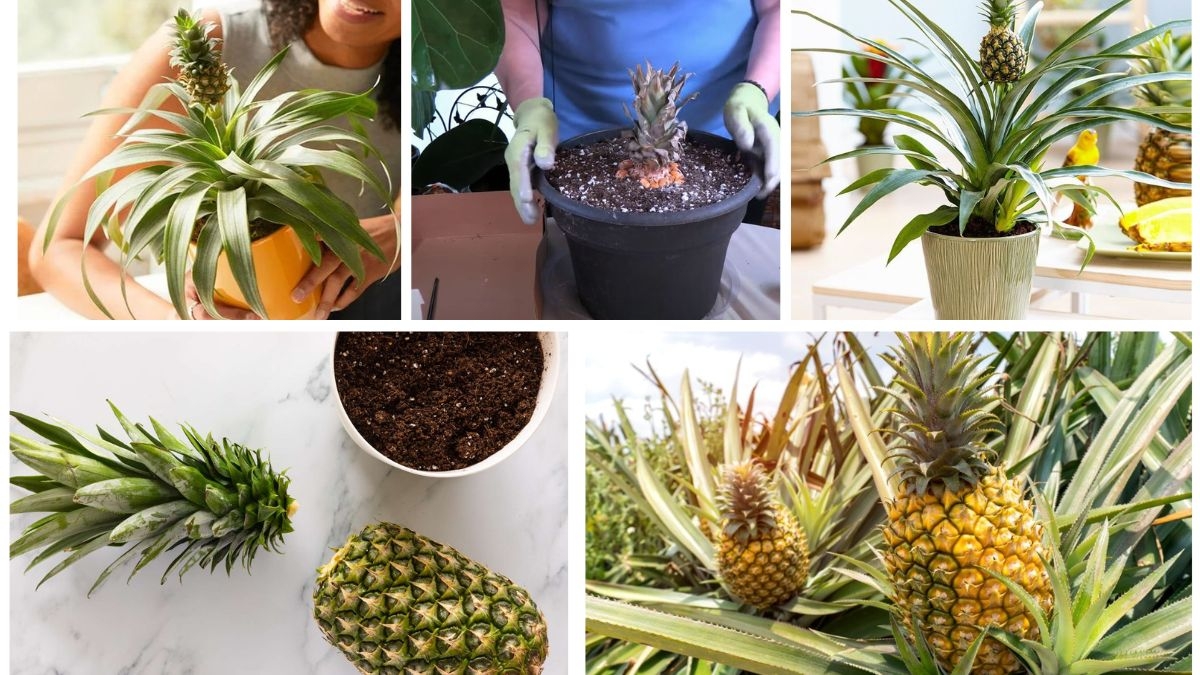





Leave A Comment